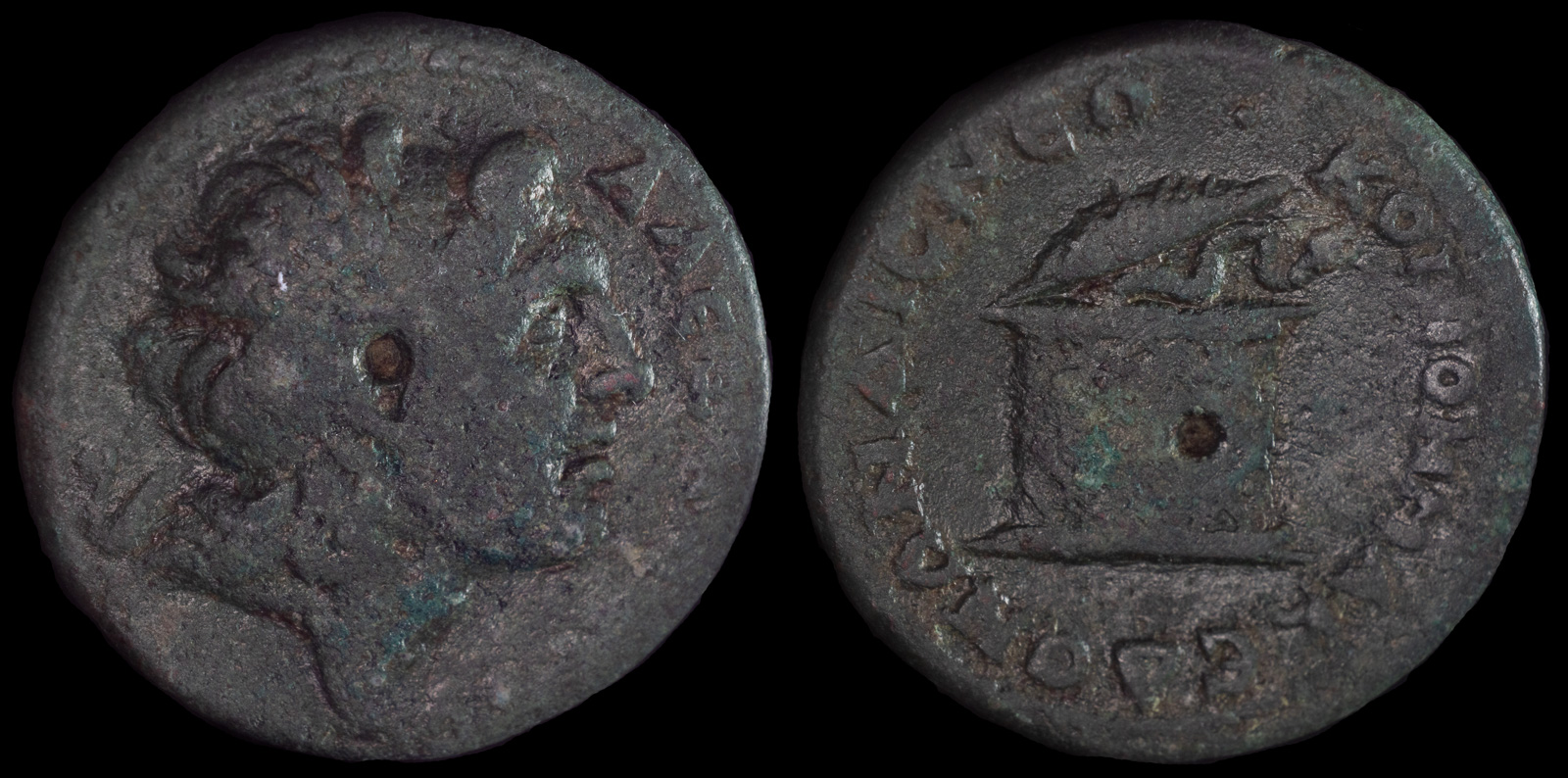Cista Mystica
View All Tags
The contents of the cista mystica were considered highly sacred and often included objects with symbolic or ritual significance. Common items associated with the cista included snakes, eggs, pomegranates, and other symbols of fertility, life, and renewal. For example, the snake, frequently depicted emerging from the cista on ancient reliefs and coins, represented both death and regeneration, aligning with the cyclical themes of the mysteries. In the context of the Dionysian Mysteries, the cista might have held representations of the god Dionysus or items related to his myths, emphasizing his dual aspects of destruction and life-giving power.
During initiation ceremonies, the cista mystica played a key role as a vessel of hidden knowledge and sacred truth. Its opening often signified the revelation of divine mysteries to the initiates, marking a transition from ignorance to enlightenment. The act of unveiling the contents was not just a physical gesture but a symbolic one, reflecting the inner transformation of the participants. The cista mystica thus became a powerful metaphor for the journey from life to death and back to life, central to the religious and philosophical teachings of these cults.
In art and iconography, the cista mystica is often depicted alongside other sacred symbols, such as thyrsi (staffs tipped with pinecones), ivy wreaths, and satyrs or maenads. These images underline its connection to the divine and its role in facilitating communion with the gods. The prominence of the cista mystica in representations of the mystery religions underscores its importance as both a literal and figurative vessel of sacred wisdom.

Macedon, Koinon. Pseudo-autonomous
238-244 CE
Æ 26.44mm 10.61g
Obverse: ΑΛΕΣΑΝΔΡΟΥ, head of Alexander right
Reverse: KOINON MAKEΔONΩN B NEΩ, snake emerging from Cista Mystica
SNG Copenhagen 1361